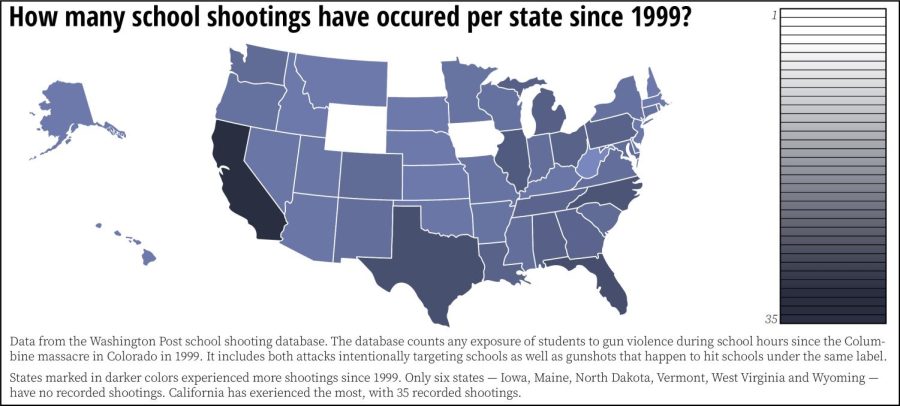By Gwen Schanker, editorial columnist
During my six-month internship at Woods Hole Oceanographic Institution (WHOI), I wrote about a number of exciting questions that oceanographers attempt to answer in their research. The researchers I covered ranged from a doctoral student who studies shark behavior to a pair of physical oceanographers who hope to determine where the American eel spawns. Though each of the stories I worked on presented its own challenges, there was one piece that gave me particular trouble: The tale of geophysicist Henry Dick, who has been trying to reach the boundary between the earth’s crust and mantle—known as the Moho—for decades.
Dick has dedicated his entire career to a singular task—drilling several miles below the ocean floor to determine what lies between the rocks that make up Earth’s crust and the underlying mantle. The history of the study of the Moho goes back more than a century, but when compared to the race to the moon that dominated the 1960s, the amount of funding dedicated to helping scientists get to the Moho is extremely small. This has made things difficult for Dick and his fellow scientists.
“I suspect we spend more on NASA’s budget for a year than for our total exploration of the three-fifths of our planet beneath the oceans,” Dick said. “It’s really kind of mind blowing.”
Throughout history, geophysicists have faced a variety of challenges, ranging from the logistical—there are few ships equipped for the challenges of ocean drilling, so there is a lot of competition for whose research gets priority—to the physical—unsurprisingly, it’s difficult to drill a hole through Earth’s crust at the bottom of the ocean without debris falling in. As a result of these challenges, there was a 19-year time gap between Dick’s second-to-last expedition and his most recent expedition in December, 2015. In order to reach the Moho, the project will require another two legs of drilling, the next of which Dick hopes will happen within five years.
My task for the article, which will be published in the summer issue of Oceanus magazine under a byline that I will share with my editor, Lonny Lippsett, was to communicate these challenges while creating a compelling narrative with Dick as the central character, all the while explaining the physical, geological and biological factors involved in drilling. Over the last few months, I have read endless background, co-conducted an interview with Dick and written three rough drafts, each around 2,500 words.
The first draft was a jumbled compilation of everything I had learned so far, which read more like a badly composed school essay than a feature story. The second was a bit more refined, but not much. Between the second and third drafts, I underwent a three-week writer’s block. Lonny kept likening Dick to a gallant knight on a quest for a scientific holy grail, and finally, I decided to take this metaphor and get creative. I wrote an epic poem. It wasn’t perfect and underwent a complete overhaul by Lonny before it became the version that will be published, but it did help me to understand how to make this type of story engaging to readers.
Doing the research was one thing, but writing the story of the so-called “race to the Moho” in a way that was both engrossing and accurate proved to be an overwhelming task, not only for me, but for Lonny, too. The tale of the Moho is epic, but it’s also confusing and involves a lot of complex vocabulary. Working on this story was valuable not only because it introduced me to a fascinating sector of ocean science, but also because it offered a lesson in just how complicated science writing can be.















